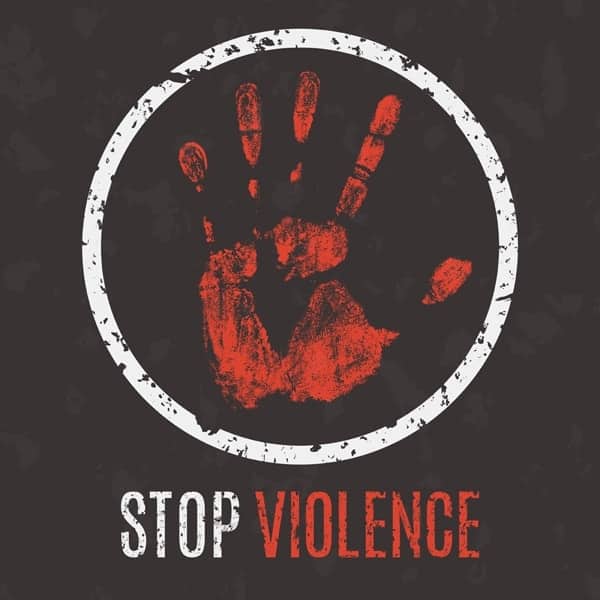In October of 1981, the National Coalition Against Domestic Violence held a “Day Of Unity” to connect and unite individuals and organizations working on domestic violence issues and raising awareness for those issues. The Day of Unity soon became an entire week, and in October 1987, the first Domestic Violence Awareness Month was observed.
What Is Domestic Violence?
The United States Department of Justice defines domestic violence as a pattern of abusive behavior in any relationship that is used by one partner to gain or maintain power and control over another intimate partner. This means that domestic violence encapsulates many different situations, such as:
- Physical abuse
- Sexual abuse
- Emotional abuse
- Economic abuse
- Psychological actions or threats of actions that influence another person
- Intimidation
- Manipulation
- Humiliation
- Isolating another person
- Frightening another person
- Terrorizing someone
- Coercion
- Threatening a person
- Injuring someone
- Much more
On average, nearly 20 people per minute are physically abused by an intimate partner in the United States. This equates to more than 10 million women and men in one year. This alarming statistic is one of the many that recently lead the U.S. Surgeon General to declare domestic violence to be one of the largest health concerns in the United States today.
It’s also important to note that anyone can become a victim of domestic violence, and it impacts individuals of all socioeconomic and educational levels. It is not dependent on race, age, sexual orientation, religion, or gender. Both opposite-sex and same-sex relationships can experience domestic violence, and it can occur in intimate partners who are married, living together, or simply dating.
The Impact of Domestic Violence
Domestic violence can have a lasting influence beyond the immediate victims of abuse and impact family members, coworkers, friends, and witnesses. Unfortunately, children are most likely to be affected by domestic violence. Growing up in households with frequent exposure to domestic violence increases emotional trauma and normalizes violence as a way of life. These types of childhood ‘lessons’ can create unhealthy coping skills for children and predispose them to become future victims and abusers themselves.
When a person finds it difficult to deal with traumatic events, they often develop a sense of being alone and struggle with feelings of worry, fear, and helplessness. Trauma sufferers frequently have difficulty with relationships, emotional issues, and low self-esteem. Victims of emotional trauma may turn to drugs or alcohol to dull the feelings associated with the trauma, and it’s not uncommon for them to develop an addiction as they attempt to mask their issues.
What to Do if You Are a Victim of Domestic Violence
If you are a victim of domestic violence, it is important to seek help. Make sure to create a domestic violence safety plan and discuss it with those you trust. Remember, you have a right to be safe and are not responsible for someone else’s violent behavior.
In a private, safe space, seek the support of a friend, family member, neighbor, co-worker, or anyone you can rely on. You do not need to face abuse alone.
How The Meadows Can Help
During the month of October, The Meadows wants to continue bringing awareness to domestic violence and the power its victims have to heal and recover. For over 40 years, The Meadows treatment programs have been helping trauma victims heal and learn the skills necessary to cope with trauma’s devastating and often hidden effects.
The Meadows can help you create a life of recovery, peace, and healing. We have helped over 45,000 clients to date through workshops and inpatient treatment programs. To learn more about the trauma workshops and treatment programs at The Meadows, give us a call.

